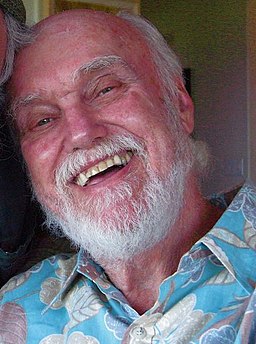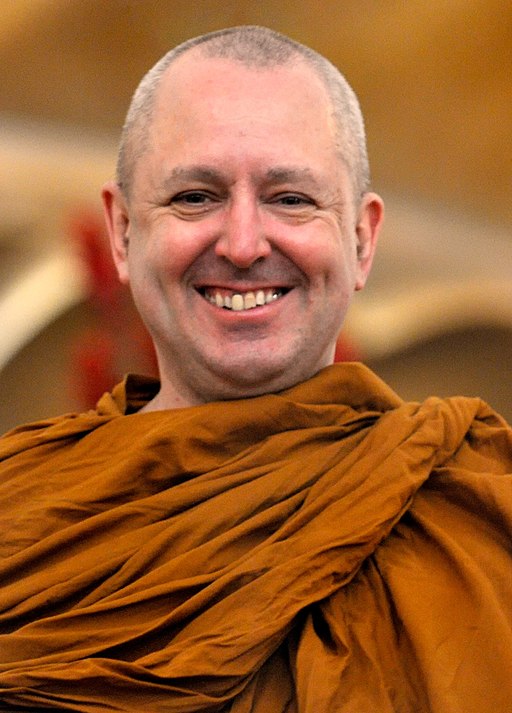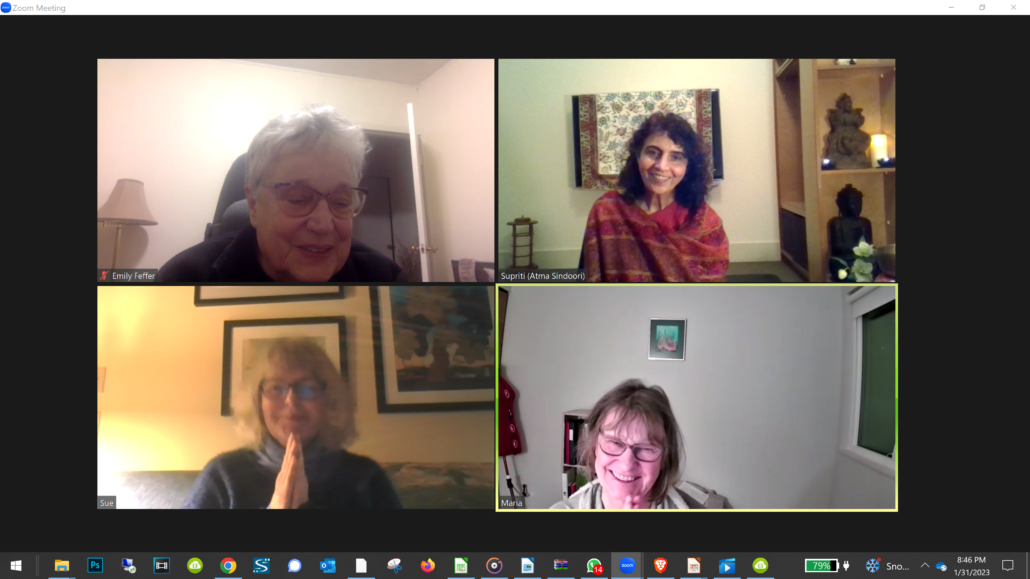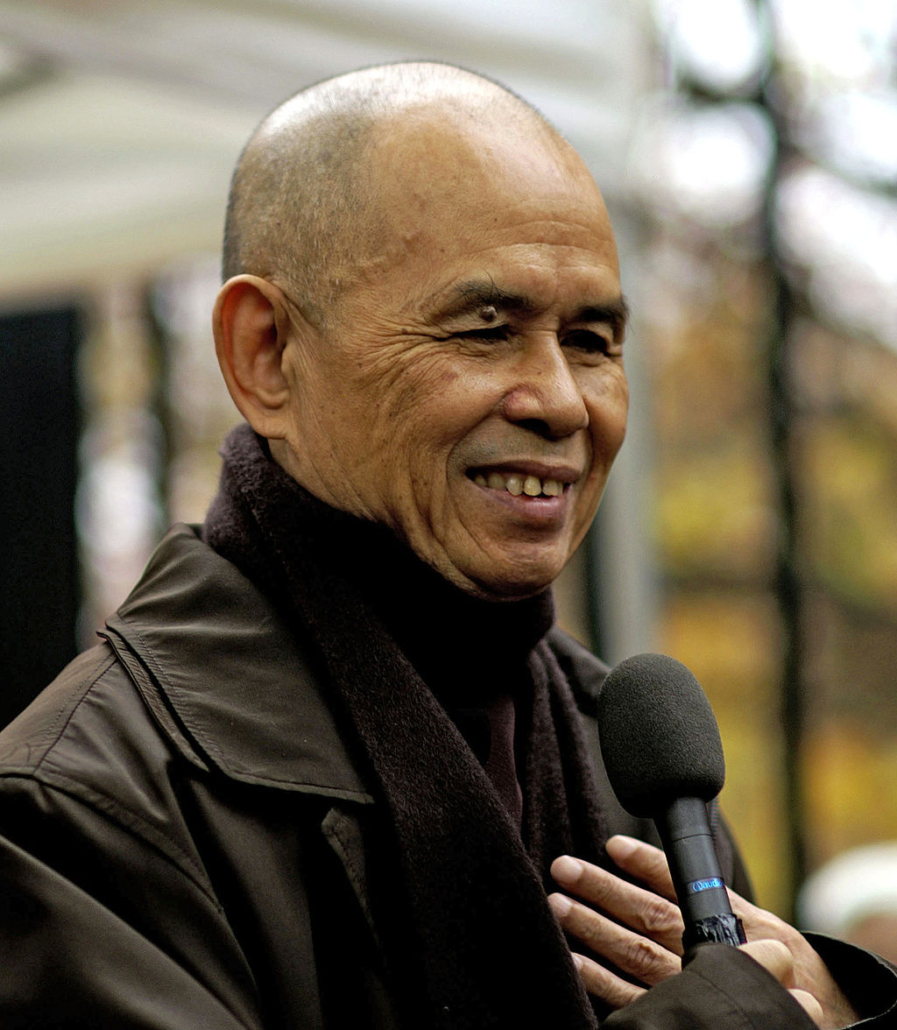On the subject of LISTENING from the space of AWARENESS, witnessing awareness, Sakshi, Shravana, non-judgmental, healing, rejuvenating….SILENCE.
Sue read for us:
The Winter of Listening
David Whyte
No one but me by the fire,
my hands burning
red in the palms while
the night wind carries
everything away outside.
All this petty worry
while the great cloak
of the sky grows dark
and intense
round every living thing.
All this trying
to know
who we are
and all this
wanting to know
exactly
what we must do.
What is precious
inside us does not
care to be known
by the mind
in ways that diminish
its presence.
What we strive for
in perfection
is not what turns us
to the lit angel
we desire.
What disturbs
and then nourishes
has everything
we need.
What we hate
in ourselves
is what we cannot know
in ourselves but
what is true
to the pattern
does not need
to be explained.
Inside everyone
is a great shout of joy
waiting to be born.
Even with the summer
so far off
I feel it grown in me
now and ready
to arrive in the world.
All those years
listening to those
who had
nothing to say.
All those years
forgetting
how everything
has its own voice
to make
itself heard.
All those years
forgetting
how easily
you can belong
to everything
simply by listening.
And the slow
difficulty
of remembering
how everything
is born from
an opposite
and miraculous
otherness.
Silence and winter
has led me to that
otherness.
So let this winter
of listening
be enough
for the new life
I must call my own.
A silent meditation practice is simply an aspect of this intention to remember our true nature. We come together, to “just sit”. We listen to the silence. We listen to our thoughts, We listen to our feelings and emotions. When we “just sit” we just BE the witnessing awareness. And this continues as we get off our mats or chairs and DO what needs to be done to live the dailiness of our lives. The BEing and DOing, the inhalation and exhalation and the gaps in between, Having this understanding empowers us to choose the lens we perceive and experience our lives with. “Just sitting”, silent meditation, reveals the layers that veil the clarity and luminosity of our true nature and the gap between these layers. Glimpses of the background, the ground of awareness, reminds us to rest in our true nature that is the witness to all experience.







